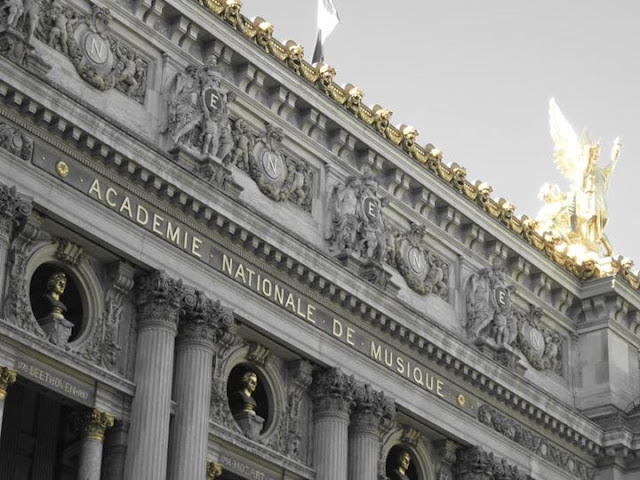
World-famous, the Bernina Express route is a Unesco World Heritage site and the stunning viaduct is, quite literally, one of the high points of this magnificent journey. Passing at high-altitude through forestland, snow-capped mountains and stretches of icy blue water, this is considered by some to be the number one train route in the world. Connecting Chur with Torino in Italy, the four and a half-hour trip is best enjoyed through the enormous curved windows of the panoramic carriages stretching up into the roofs of the trains, affording unbroken views of the surrounding landscape. Red as a London bus, the Bernina Express is an incongruous sight at the heart of such unspoilt beauty but as its carriages twist and turn, coiling across the land, it is clear that it works with rather than against the natural splendour.
It was a crisp Saturday afternoon in early November but snow blanketed the earth and the sky hung low in matching white. Our train stopped for five minutes at an isolated station where we spied a wood cabin overlooking the tracks. So removed from civilisation was the scene, it was easy to let my imagination run wild as I pictured the occupant of the cabin clad in fur battling four-legged beasts and other mystical creations in a Game of Thrones-style spectacle. Shortly afterwards, the shocking emerald green waters of the lake caused quite a stir among passengers who scurried about the carriage, noses and cameras pressed up against the glass, gaping in wonder.
I’ve long loved trains. Their far-flung destinations kindle in me the spirit of adventure and the old worldy glamour of the Orient Express and other luxury trains hint at sophistication and utter relaxation. The Bernina Express was high up on my holiday wishlist and it didn’t disappoint. Relaxation, however, is impossible if you’re anything like me and apt to leap up with your camera at the slightest provocation. It’s also very expensive and although the elongated windows of the panoramic carriages are undeniably impressive, the standard carriages are much cheaper with essentially the same view (if you ignore the disgruntled sighs of your fellow passengers, you might even pull the windows down at strategic moments).
Built over 100 years ago, the Bernina Express route is an incredible feat scaling mountains and gently bringing us face to face with the authenticity of this beautiful but isolated part of the world. In the age of stress, a trip into nothingness aboard the little red train is the perfect remedy.
For more information, click here











.JPG)





































